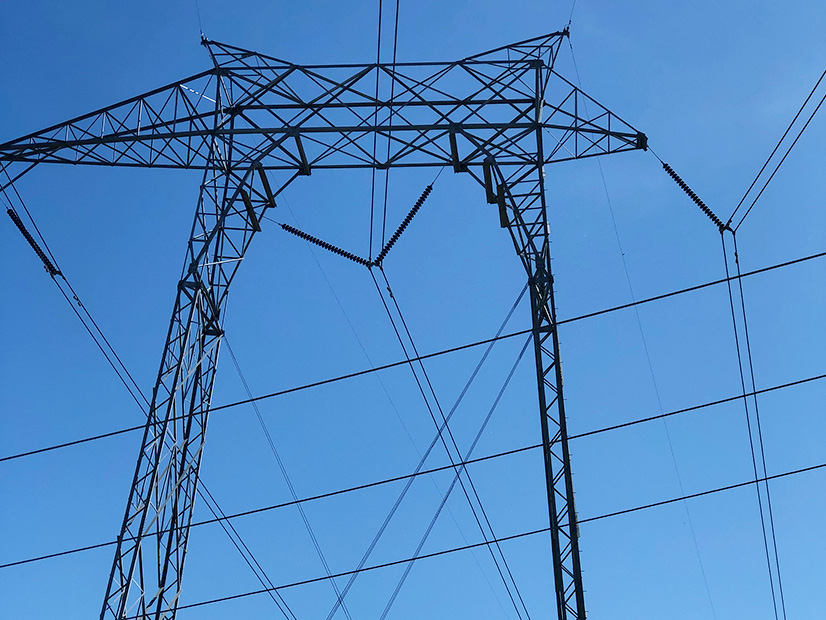FERC approved the most controversial of CAISO’s summer readiness measures Friday, saying the ISO’s new limits on wheel-throughs to promote in-state reliability are reasonable and do not violate the commission’s open access transmission principles (ER21-1790).
In doing so, the commission rejected opposing arguments by a coalition of Arizona’s major utilities, along with NV Energy, the Bonneville Power Administration, Powerex, Idaho Power, Portland General Electric and others. Opponents argued the CAISO rule changes are discriminatory and overly burdensome, among other objections.
The CAISO plan reprioritizes wheel-throughs so that transfers between the Northwest and Southwest would no longer take precedence over capacity needed to serve CAISO native load. Non-CAISO entities would have to apply at least 45 days in advance to designate high-priority wheel-throughs needed for reliability, giving the wheels equal standing with native CAISO load.
They would also have to demonstrate that they have firm generation behind the transfers and firm transmission to reach CAISO’s borders. (See CAISO Approves Controversial Wheeling Limits.)
CAISO has insisted that the plan is a short-term fix, for this summer only, to avoid transmission congestion and capacity shortfalls like those that led to rolling blackouts last August. It has started a stakeholder initiative to find longer-term solutions.
FERC said it preferred that the changes be temporary but found nothing wrong with the new rules.
“CAISO’s proposal adjusts its prioritization such that wheeling through transactions that meet [its requirements] … receive curtailment priority on par with CAISO’s imported resource adequacy resources,” FERC said. “We find that this prioritization will result in a just and reasonable interim solution that will reconcile the needs of both CAISO load and external load.”
Transmission congestion was a factor in the Aug. 14-15 rolling blackouts, but wheel-throughs were not, CAISO said. The ISO said it made the wheel-through rules part of its summer readiness measures because entities in the Southwest were contracting for larger amounts of energy from the Northwest in anticipation of summer resource scarcity.
Much of that capacity travels on transmission paths through California, potentially causing transmission congestion in CAISO. (See Wheeling Debate Tests West, CAISO CEO Says.)
The plan was so disputed that, in a rare move, the Governing Body of the CAISO’s Western Energy Imbalance Market declined to “opine” on the plan, though stopped short of rejecting it. (See EIM Governing Body Rejects Part of CAISO Summer Plan.)



